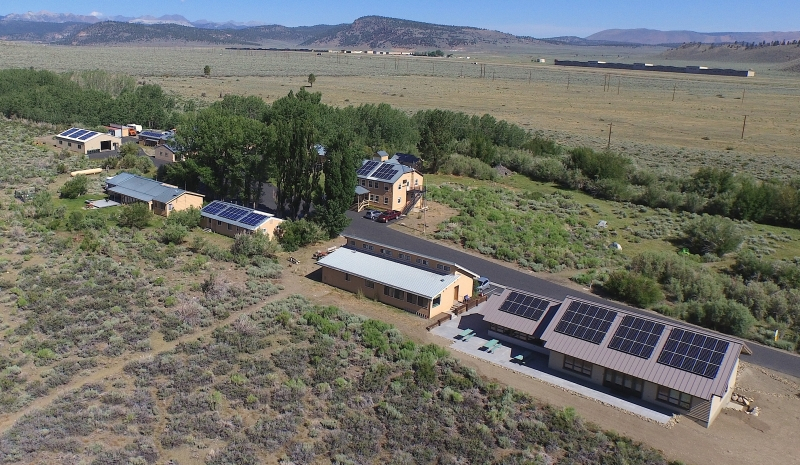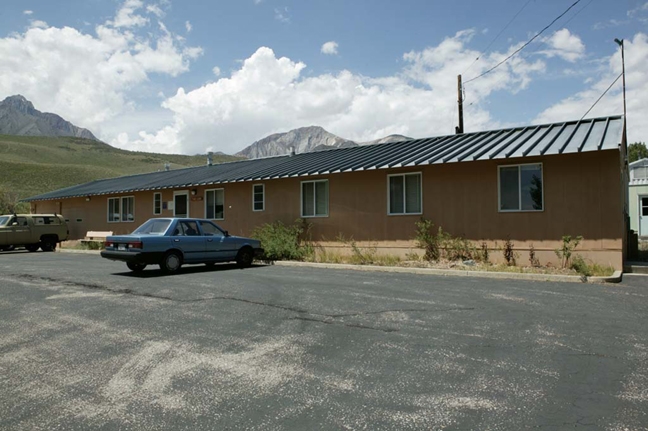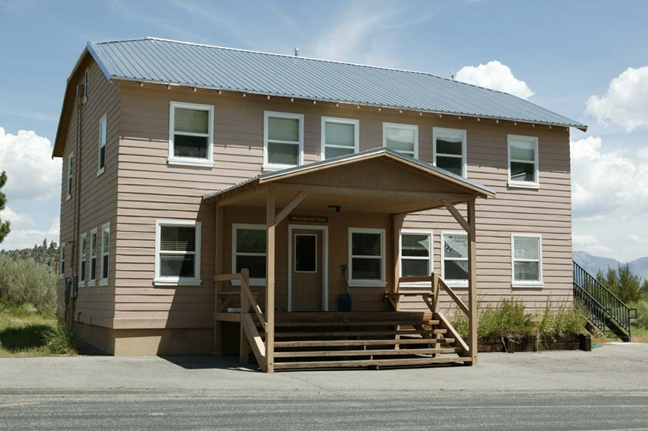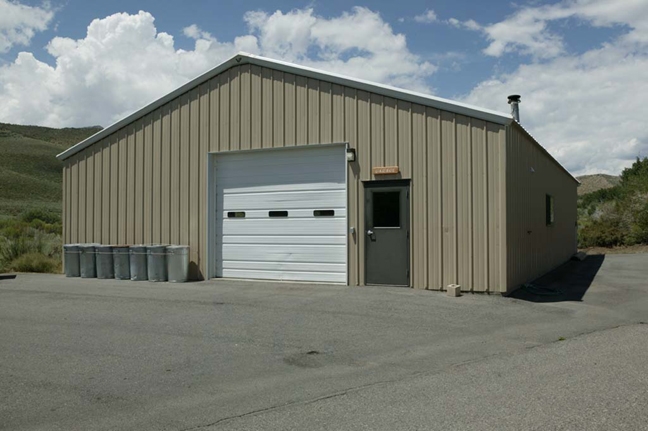The Convict Creek Experiment Station (now the Sierra Nevada Aquatic Research Laboratory) was established in 1935 by the US Bureau of Sport Fisheries and Wildlife to study the success of hatchery trout in a native stream. Acquired by UCSB in 1973, the site serves as a base for research and teaching in a large part of eastern, central California and western Nevada. With some of the most developed facilities in the Natural Reserve System and a considerable outreach program, SNARL is the UC outpost in this part of the State.
SNARL
SNARL's commitment to teaching and outreach is reflected in its accommodations for visiting classes and community events. Large visiting groups can stay in the dormitory, which has bunk beds for 25 people, bathrooms, showers, a large kitchen and meeting room.
SNARL also is home to a recently updated and modernized laboratory which houses six wet labs, a chemistry lab, radioisotope lab, additional offices, and a library. The laboratory also has a state of the art molecular diagnostics facility including a new quantitative PCR laboratory, tissue homogenizer, micro centrifuge and -80º Celsius freezer.
A brand new state-of-the-art classroom and meeting space, The Page Center, is the newest addition to SNARL. The Page Center can accommodate 200 people and is equipped with modular meeting and classroom furniture, high tech audio and video capabilities, as well as high-speed wireless internet.
SNARL holds the unqiue laboratory facilities of the animal care facility and wet laboratory available for use.
The Snow Hydrology Research Group is part of the Donald Bren School of Environmental Science and Management at the University of California, Santa Barbara.
One of the most unique features of SNARL is the experimental stream channel system. The original channels were established by US Fish and Wildlife researchers in the 1940’s and divided Convict creek into four sections up to 400 meters in length, with individual water-control structures and moveable fish barriers.
In 1995 a two-story building was moved to SNARL and fully refurbished to serve as the reserve's database center. It provides several offices, a collection room, a conference room, and serves as the center of operations for SNARL's growing data management and research coordination efforts.


adb8.jpg?itok=in7cz90J)


6cae.jpg?itok=sheWs5rj)
6581.jpg?itok=HZcVQT1A)
_0f885.jpg?itok=8xYp55j8)
716d.jpg?itok=YQ_6wNlp)

